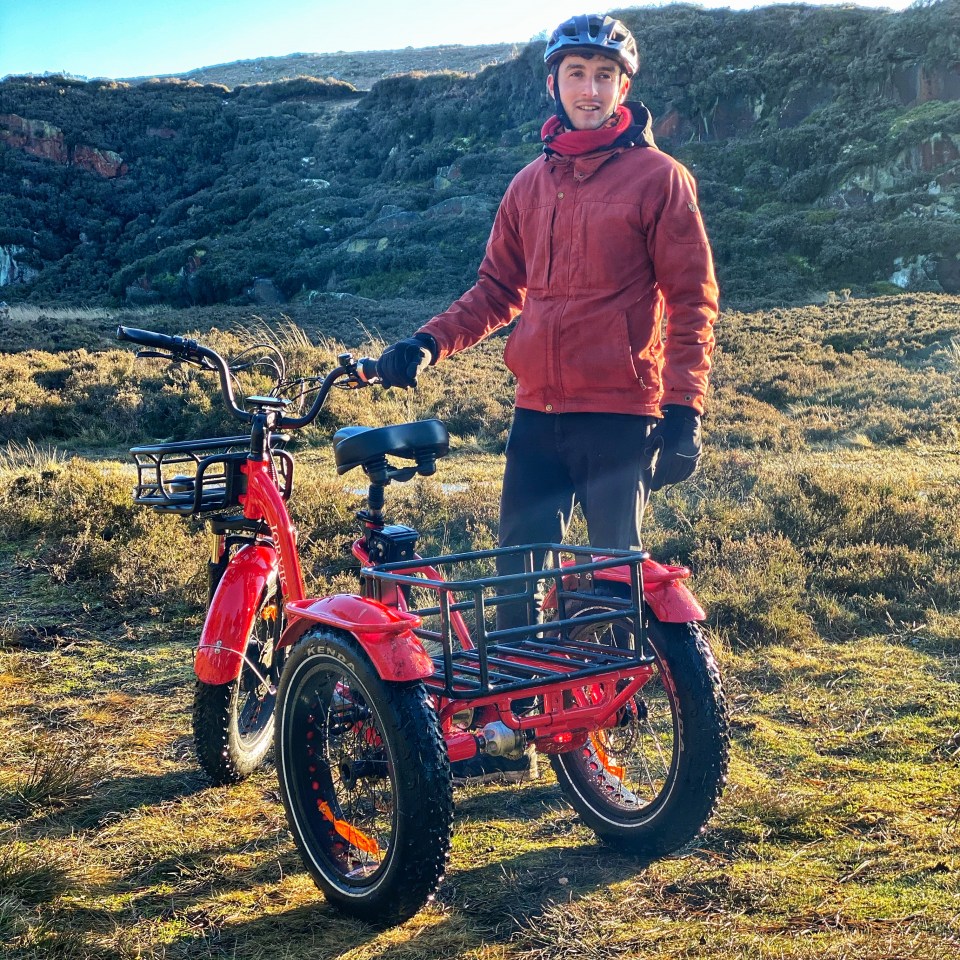Carrying the load with cargo trikes
19th July, 2021

A brief history of three-wheeled transport and their purpose
The inventor of the first three-wheeled cargo trike is said to be a man named James Starley in England in 1877. Whilst they look completely different to what we have today, they performed with the same intention of being able to transport large loads of goods via a basket on the front of the trike.
During this time, the horse-drawn carriage was also prevalent. They also have three wheels, one in the front and two in the back supporting the carriage. Whilst they were pulled by horses instead of being pedaled by people, it comes to show the popularity that the three wheels bring and the desire to implement it across different modes of transport.
Not long after in the late 1800s came the first car, along with a three-wheeler car. At the time, this was something entirely new and everyone was excited. They did come at a price, however, and as factories weren’t what they are today, availability wasn’t at its highest, so people continued to rely on cargo trikes.
The 1930s and 1940s saw the rise of the cargo bike, with two wheels instead of the previous three. The cargo bike had a short lifespan. During it was used in races, in daily life for different businesses to transport goods e.g., paperboys, ice-cream vendors, and for getting to and from shops.
Today, they're as popular as ever with people ditching their car and switching to a cargo trike instead. They're much better for the environment and more convenient for people living in cities where parking is far and few between. Not only that, they're fun to ride on all terrains, whatever the weather, and the added stability makes them perfect for people living with MS or Parkinson's.
How to pack your cargo trike basket
There is no wrong or right when it comes to organising your cargo trike but think of it like this. When you go to the shop and pop stuff into your basket, you wouldn’t put the most fragile items or the items you want to unpack first at the bottom, would you? Likewise, you wouldn’t place all the heaviest items on one side of the basket, you spread them out evenly to make sure it’s not too heavy. It’s not as important to remember if you’re placing them in the rear basket because it’s spread out over two wheels, but it is important if you’re packing the front basket.
If you have any loose items that could roll around or fall out, make sure to strap them down as to not distract you and potentially lead to an accident.
Extra storage and protection
Jorvik Cargo Trikes all have a large rear basket, and room for an additional basket sitting in the front, giving you twice the space with no compromise. Browse our range of different baskets, available in steel, dark and light brown. Should you need even more space, we offer a Mountain Trike Trailer, designed to fit on one of our Mountain Trikes, it’s perfect whether you’re carrying work tools, health and safety equipment or simply a large picnic this is the ideal hook up. The possibilities are endless!
Cover and protect your belongings from the elements and attach a waterproof cover to the basket. If you’re leaving your trike for a while, e.g., whilst at work, cover it with the rain and weather cover. Our Jorvik tricycle rain covers are a perfect way to keep your tricycle in tip-top condition, shielding them from all the elements, with an elasticated bottom ensuring a snug fit.
Reduced environmental damage
Gov.UK found that ‘in 2019, domestic transport was responsible for emitting 122 MtCO2 e (million tonnes of carbon dioxide equivalent). This means transport is the largest emitting sector of greenhouse gas (GHG) emissions, producing 27% of the UK’s total emissions in 2019 (455 MtCO2 e).’
Electric cargo trikes are a fantastic alternative to reduce your carbon footprint and save the planet. Whilst many people do still need a car, or to use public transport for longer journeys, cargo trikes are becoming an increasingly popular alternative. They’re especially common amongst those living in cities as parking is expensive and houses or apartments aren’t always guaranteed to have a car park. They’re smaller to store, allow you to weave in and out of traffic with ease and you’re not reliant on public transport timetables so there’s a good chance you’ll get to your destination quicker.